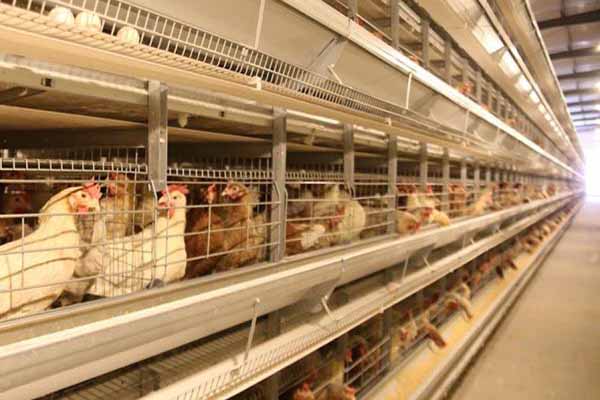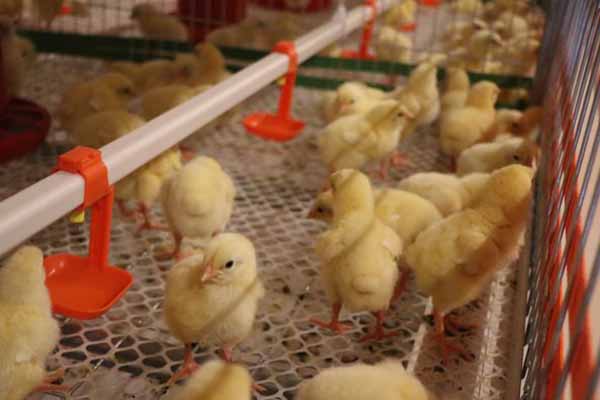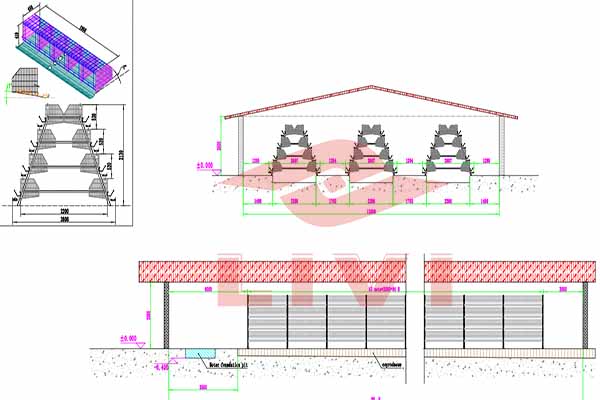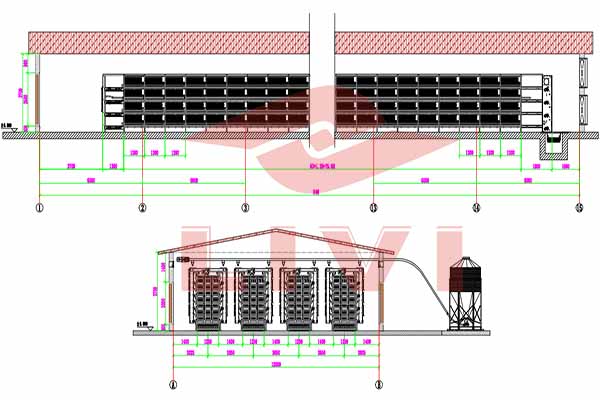What are the Common Challenges in Poultry Farming in Kenya?
Poultry farming in Kenya has grown significantly over the years, contributing to the country’s agricultural sector. However, like any industry, it comes with its own set of challenges. Here are some of the common challenges faced by poultry farmers in Kenya.

1. Disease Outbreaks
Disease outbreaks can be devastating for poultry farmers. According to the Kenya Poultry Board, avian influe nza has been a major concern. Farmers must implement strict biosecurity measures to prevent the spread of diseases like Newcastle disease and coccidiosis.
nza has been a major concern. Farmers must implement strict biosecurity measures to prevent the spread of diseases like Newcastle disease and coccidiosis.
- Regular vaccination programs
- Strict isolation of new birds
- Regular health checks and veterinary care
2. Feed Availability and Cost
The cost of feed is a significant challenge for poultry farmers in Kenya. The African Union of Ruminants Feed Industr ies reports that feed costs account for approximately 60-70% of total production costs. Droughts and high demand for feed ingredients can drive prices up.
ies reports that feed costs account for approximately 60-70% of total production costs. Droughts and high demand for feed ingredients can drive prices up.
| Feed Component | Price (USD per ton) |
|---|---|
| Maize | $$200 |
| Soybean Meal | $$350 |
| Maize Flour | $$150 |
3. Market Access and Distribution
Access to markets and efficient distribution channels can be a hurdle for poultry farmers. The Kenya Bureau of Statistics indicates that the majority of poultry products are sold in urban areas, making it difficult for farmers in rural areas to reach these markets.
- Establishment of cooperative societies
- Partnerships with distributors
- Improvement of road infrastructure
4. Climate Change
Climate change impacts can affect poultry farming, including increased temperatures and changes in rainfall patterns. This can lead to heat stress in birds and reduced feed availability.
- Implementing shade and cooling systems
- Using drought-resistant crops for feed
- Adapting to changing weather patterns
5. Regulatory Compliance
Compliance with various regulations and standards can be complex and time-consuming. This includes animal welfare, environmental protection, and export requirements.
- Understanding and adhering to local and international regulations
- Investing in certification processes
- Engaging with regulatory bodies
These challenges highlight the importance of strategic planning and innovation in poultry farming. To overcome these obstacles, farmers and investors can benefit from professional advice and modern equipment.
Are you looking to improve your poultry farming operations in Kenya? Contact us today for a free, personalized chicken farming design and equipment quote from LIVI Machinery. We are here to help you overcome these challenges and achieve success in your poultry farming venture.




